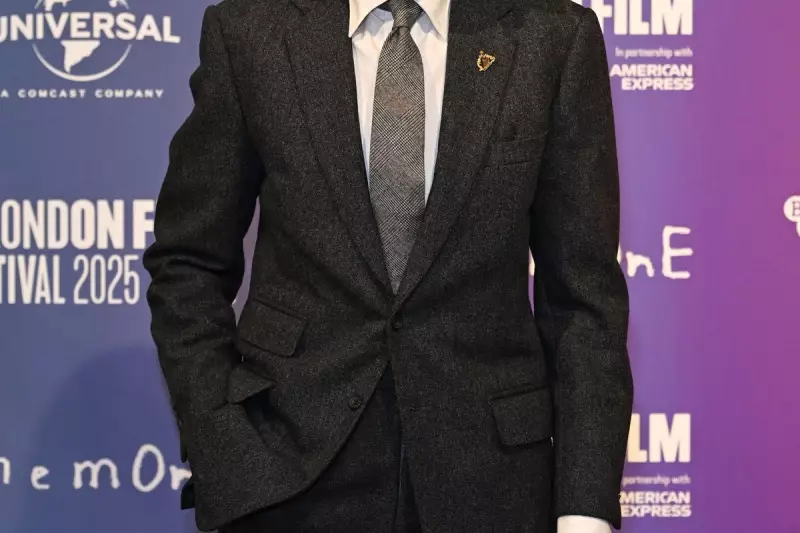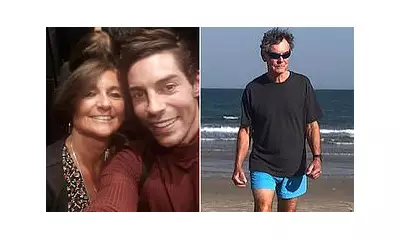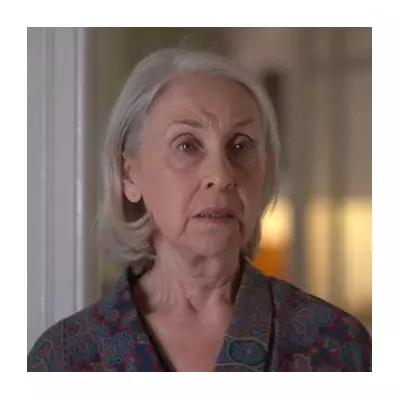
In a startling revelation that underscores the extreme lengths to which some actors will go for their craft, three-time Oscar winner Daniel Day-Lewis has shared a harrowing account of how his dedication to method acting nearly cost him his life.
The Anemone Incident That Went Too Far
The legendary actor, known for his complete immersion into characters, described preparing for an unspecified role that required him to understand the experience of being underwater. Rather than simulating the experience, Day-Lewis took method acting to dangerous new depths by attempting to breathe through an anemone while submerged.
"I very nearly did drown," the actor confessed, acknowledging the sheer recklessness of his approach. The incident serves as a stark reminder of how the pursuit of artistic authenticity can sometimes cross into potentially life-threatening territory.
A Career Built on Extreme Immersion
Daniel Day-Lewis's career has been defined by his uncompromising approach to character preparation. Among his most famous method acting endeavours:
- Learning Czech for his role in The Unbearable Lightness of Being
- Living in a wheelchair and learning to paint with his left foot for My Left Foot
- Spending months in the wilderness with primitive tools for The Last of the Mohicans
- Refusing to break character as Abraham Lincoln, even between takes
The Psychology Behind Method Acting
What drives an actor of Day-Lewis's calibre to take such extreme risks? Industry psychologists suggest that the line between dedicated preparation and dangerous obsession can become blurred for performers committed to the Stanislavski system and its derivatives.
"When an actor completely surrenders to a character," explains one theatre expert, "they sometimes lose perspective on what constitutes reasonable preparation versus potentially harmful behaviour."
A Warning to Aspiring Actors
While Day-Lewis's approach has yielded extraordinary performances and critical acclaim, his anemone experience serves as a cautionary tale. Acting coaches and safety consultants increasingly emphasise that physical risk should never be part of character preparation without proper supervision and safety measures.
The incident raises important questions about where to draw the line between artistic commitment and personal safety in an industry that often celebrates suffering for one's art.





